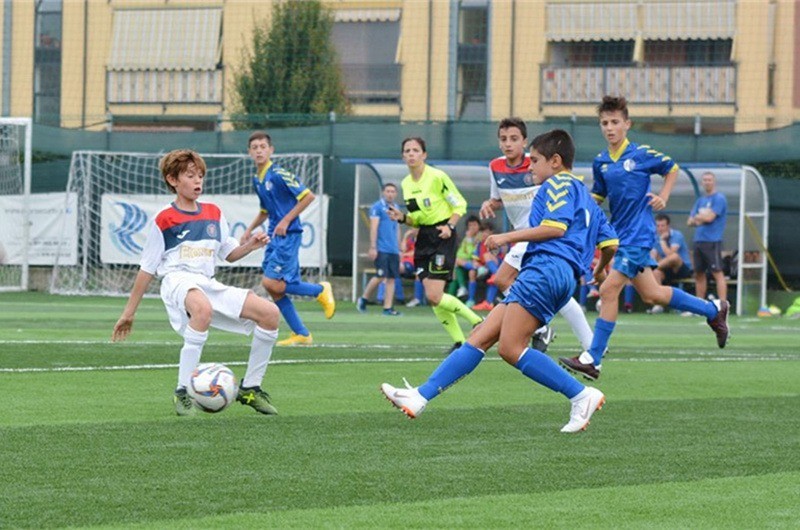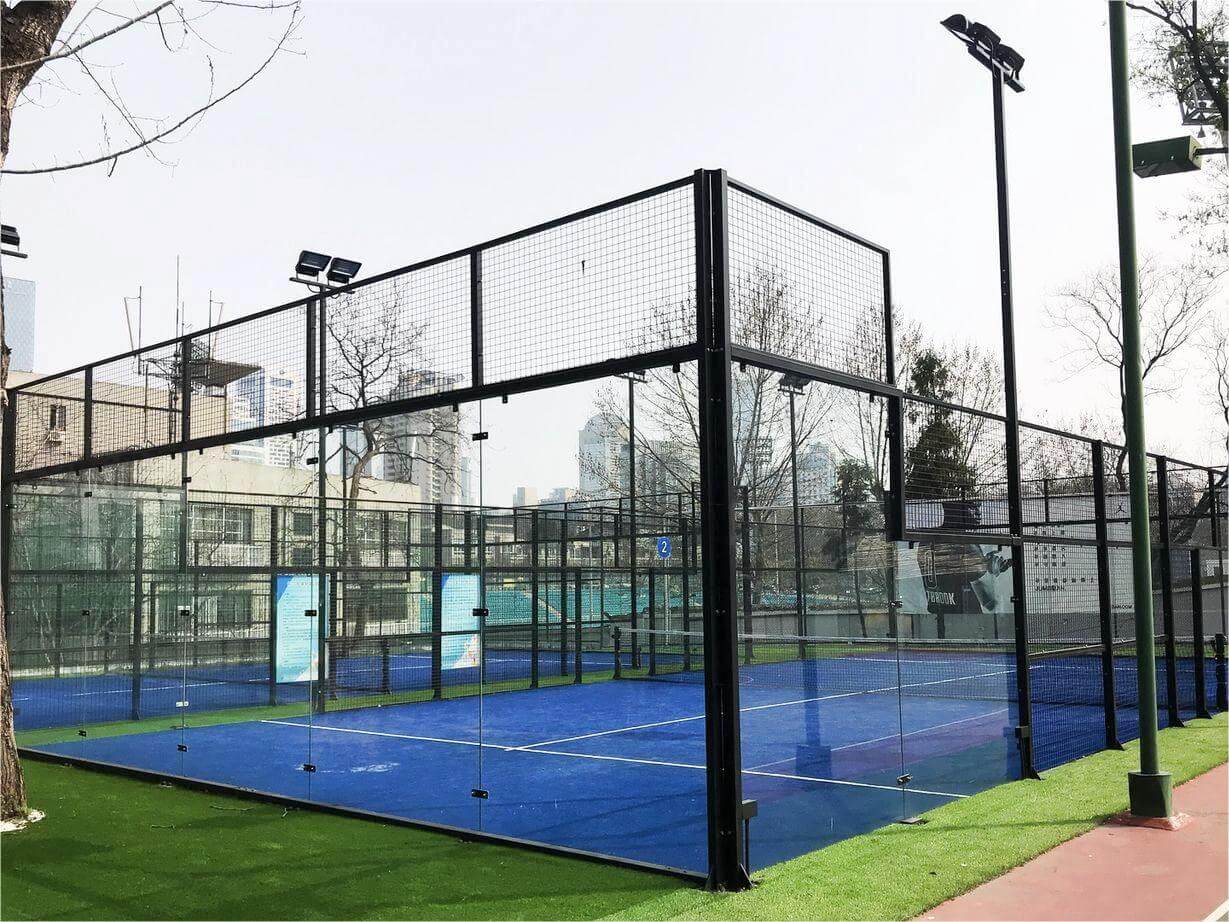When it comes to creating a safe and enjoyable play area for children, the choice of surface material is crucial. Two popular options for kids’ play areas are artificial grass and natural grass. Each has its advantages and considerations, so let’s explore the factors to consider when deciding between the two.
1. Safety:
Ensuring the safety of children is of paramount importance when designing a play area. Both artificial grass and natural grass have their unique safety features.
Artificial Grass:
High-quality artificial grass with infills provides a cushioned surface, reducing the risk of injuries from falls. It is designed with advanced shock absorption properties, making it an excellent choice for kids’ play areas. In addition, a shock pad layer can be added to provide extra resilience.
Natural Grass:
Natural grass also offers a relatively safe surface for kids to play on. However, it may not provide the same level of impact absorption as artificial grass. Regular maintenance, such as leveling uneven surfaces and removing hazards like rocks or sticks, is crucial to minimize potential risks.
2. Durability and Maintenance:
Play areas endure heavy foot traffic and constant activity, so choosing a surface that can withstand such wear and tear is vital.
Artificial Grass:
Synthetic turf is known for its durability and ability to withstand heavy use. It is resistant to fading, tearing, and does not require mowing or watering. However, periodic maintenance, such as brushing to restore the fibers’ upright position and occasional cleaning, is necessary to ensure their longevity.
Natural Grass:
While natural grass offers a vibrant and aesthetically pleasing play surface, it requires regular maintenance to keep it in optimal condition. Mowing, watering, fertilizing, and aerating are necessary tasks. Moreover, heavy usage can result in worn-out patches or muddy areas, requiring reseeding and additional care.
3. Allergies and Irritants:
Children with allergies or sensitivities require a play area that minimizes potential triggers.
Artificial Grass:
Artificial grass is hypoallergenic as it does not produce pollen, a common allergen. It also eliminates the need for pesticides or chemical fertilizers that can cause skin irritations or allergies. Regular cleaning helps keep the surface free of dust or debris that may trigger allergies.
Natural Grass:
Some children may be allergic to grass pollen, which can cause respiratory or skin-related issues. Additionally, the use of pesticides or fertilizers on natural grass can pose a risk to sensitive individuals. Regular mowing can also stir up allergens, impacting children with allergies.
4. Environmental Impact:
Considering the environmental footprint is essential for sustainable and eco-friendly play areas.
Artificial Grass:
While artificial grass does not require water, reducing water consumption, it is made from synthetic materials derived from non-renewable resources. However, advancements in manufacturing have led to the development of more eco-friendly options, including recycled materials and improved recyclability.
Natural Grass:
Natural grass is a renewable resource and contributes positively to air quality by absorbing carbon dioxide and releasing oxygen. However, it requires regular watering, which can be a concern in regions with limited water availability. The use of pesticides and fertilizers can also have environmental implications.
Conclusion:
Choosing between artificial grass and natural grass for kids’ play areas involves weighing various factors. Artificial grass offers enhanced safety, durability, and low maintenance, while natural grass provides a more traditional and environmentally-friendly option. Ultimately, the decision should be based on individual circumstances, considering safety, maintenance requirements, allergies, and environmental impact. By understanding the pros and cons of each choice, parents and caregivers can create an inviting and safe play area where children can flourish and enjoy their time outdoors.




